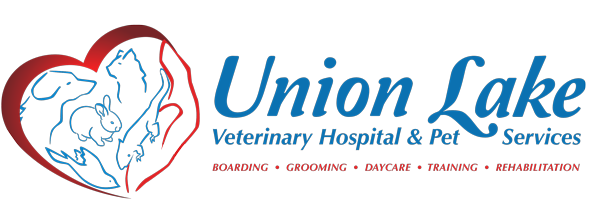Winter weather can be rough on our animals. While they are naturally protected from certain elements because of their warm fur, they need a little help in more extreme weather. On top of the cold, dry air, going for walks in the snow can lead to serious paw pad issues. Use this guide to learn how to protect and heal your dog’s paw pads in the winter:
Winter Paw Protection for Dogs
If possible, it’s best to keep your dog’s paws protected before any damage can occur. A little prevention will go a long way when it comes to paw safety. Keep the paws safe by:
- Finding comfortable, waterproof booties for winter. The booties should fit well and keep the feet warm and protected from snow and other potential hazards.
- Using a good paw wax or balm before going outside can add an extra layer of protection for winter weather.
- Keeping your dog’s nails trimmed can prevent snow and ice from infiltrating between your pet’s paw pads.
- Washing your dog’s paws after a walk.
- Taking shorter walks on really cold, snowy days. Spending too much time in the elements puts your dog at a higher risk of developing issues like cracked paws.
Healing Cracked Paws
The dry, cold air and winter conditions on the ground can cause cracks in your dog’s paws (if they are not properly protected). If your dog’s paws are already cracked, there are ways you can encourage them to heal. These include:
- Warm soap and water: Before taking any other action, you should gently wash your dog’s paws with warm water and a gentle, dog-friendly soap.
- Clean, dry towel: Towel dry the paws once they’re clean. Be sure to use a soft towel to avoid further damage.
- A healing balm: Once the paws are completely dry, you can use a moisturizing balm or ointment (coconut oil can also work). You only need a thin layer to be effective.
- A cone: If your dog has a tendency to lick his or her paws, you might need to use a cone to keep the paw balm intact. You can also gently wrap the paws or use booties to give the paws a chance to heal.
- Talk to your veterinarian: If your dog’s paws aren’t healing, or if you notice that they continue to crack even with care, you might want to talk to your veterinarian. The vet can look for signs of infection, and suggest changes to help prevent the issue in the future. Sometimes, even dietary changes can help keep your dog’s paws from cracking.
We hope our tips can help you protect and heal your dog’s paw pads, especially in this cold Michigan weather.
Whether you need some winter pet care tips or it’s time for a yearly preventive exam, Union Lake Veterinary Hospital is here for you. For more than fifty years, we’ve provided high quality care to the pets of Waterford and the surrounding areas. To learn more about our services or to schedule an appointment, please call us at (248) 363-1508.

